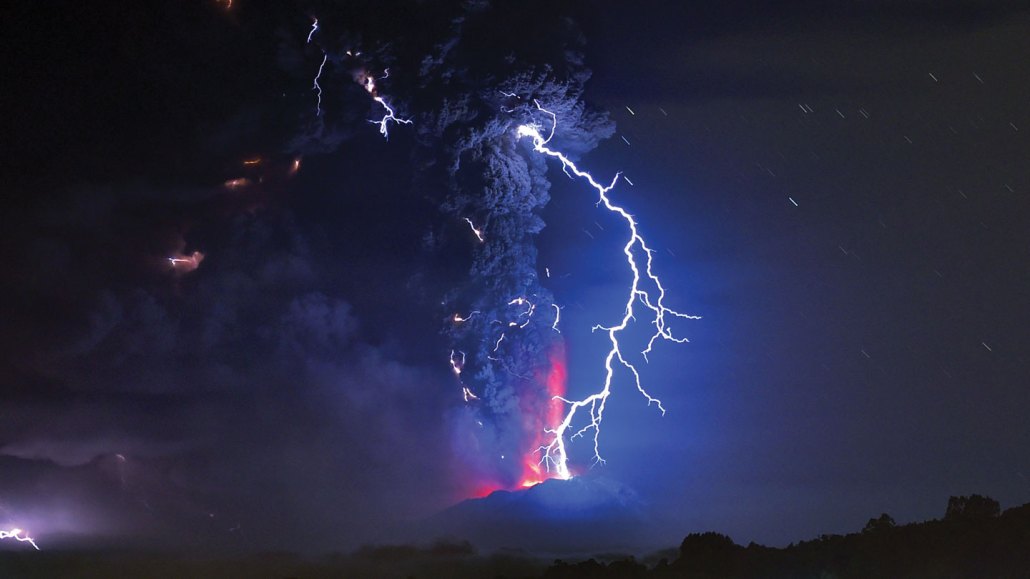Here are some big-if-true scientific claims that made headlines in 2023

Volcanic eruptions can generate lots of lightning. Those strikes split nitrogen molecules in the air, allowing nitrogen atoms to react with other elements to make compounds that living organisms can use.
MARTIN BERNETTI/AFP VIA GETTY IMAGES